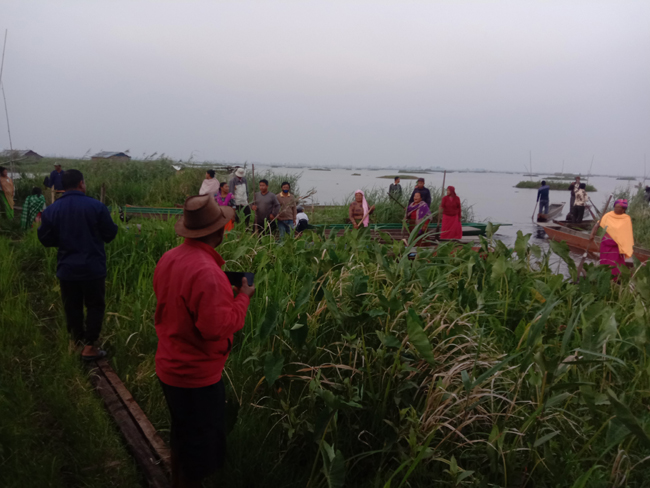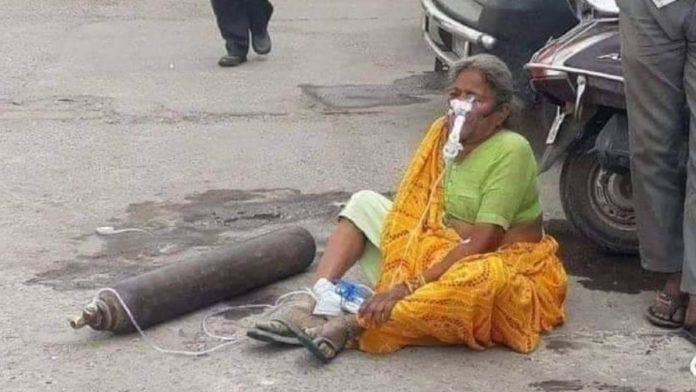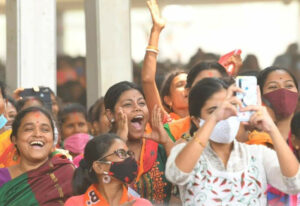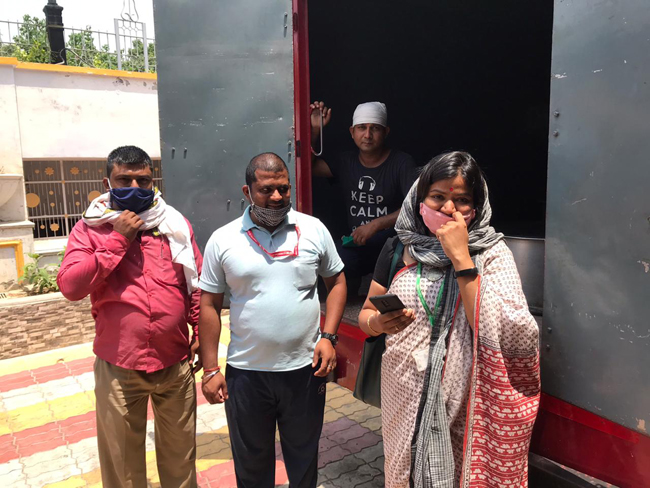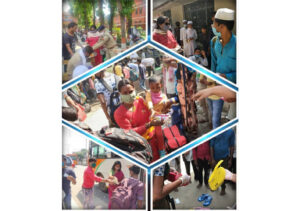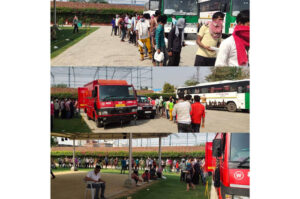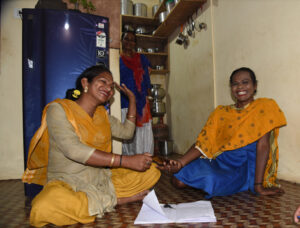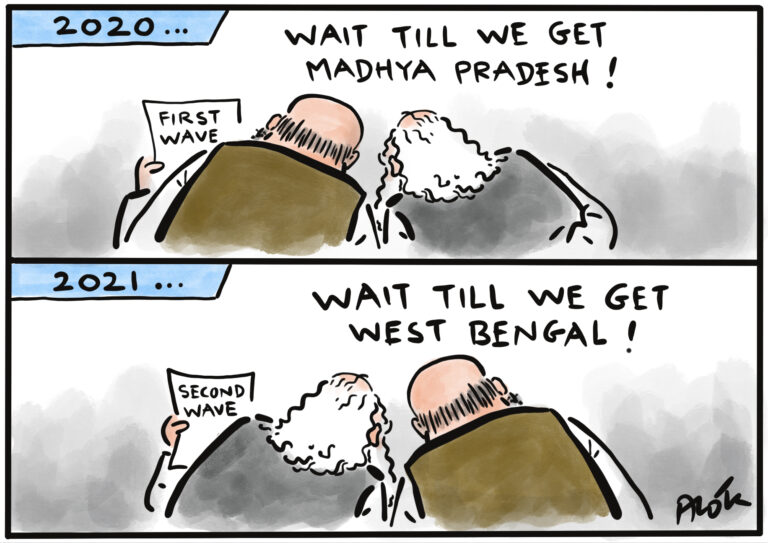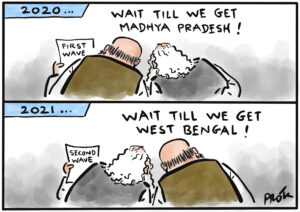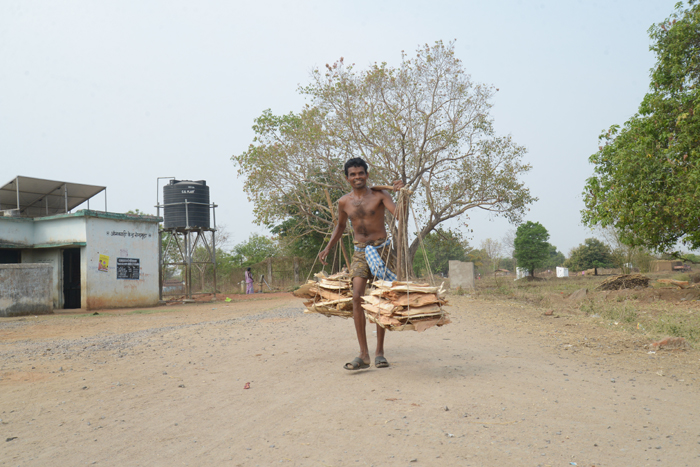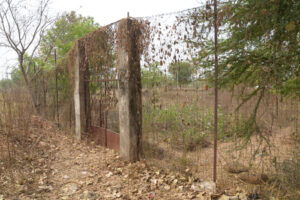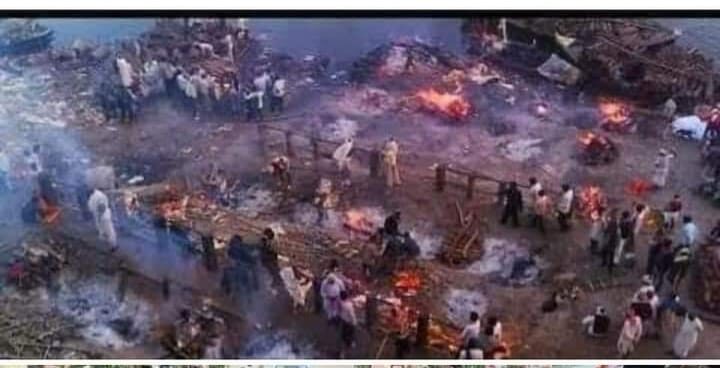Manipur/Bhopal: “Our land was destroyed by the Ithai Barrage in the 1980s,” when Salam Joy, Secretary of Pumlen Pat Ngamee Sinmee Lup highlighted this line in his speech, an absolute silence gripped at Pumlen Pat – an integral part of Loktak Wetland Complex (LWC), a Ramasar site in Imphal, the state capital of Manipur.
Breaking away the calm distinctive sound settled on the wetland bed for the moment, Roy continued, for 40 long years the community has been eking out a living by nurturing small fishing zones, and that too without any support from the government.
He concluded by saying that the result of commissioning the Ithai Barrage across the Manipur River has been equivalent to pushing them into conditions of forced poverty.
Words of Roy were silently heard by a large number of anxious, angry and upset indigenous farming communities of Manipur, fisher unions who have assembled to commemorate the 2021 World Wetlands Day function.
Now, the land on which we farm and fish is also on the verge of being taken over for various infrastructure and mass tourism projects, he added.
Recalling how life was before the Ithai barrage, Nimai Keisham, President of Khoidum Lamjao Ngamee Sinmee Lup, said it is high time the fishers and the farmers get together before the government takes over their land and livelihood.
Both Roy and Nimai were referring to the proposed plan of the Manipur Government and Union Government that aims at a robust IWT [Inland Waterways Transport] system in Loktak Lake. The planned paper titled “Ecotourism project at Loktak Lake – 2020” and the “ Loktak Wetland Waterways Investment project -2019” involve massive investments in the February 2 function.
The project is expected to deliver growth in trade and increase commercial activity, boost ecotourism and livelihoods and is expected to create job opportunities, says the revised project proposal paper titled- Loktak Waterways Improvement Project, September 2019, prepared by the Loktak Development Authority, a Manipur Government undertaking.
The paper points: the development of inland waterways in Loktak Lake with modern facilities became the natural strategy for the socio-economic development of the State of Manipur.
Though the state government is taking up plans to reduce loading of pollutant particularly all the sewage flowing in from the upstream towns and cities, to control overgrowth of weeds and formation of Phumdi on a long term basis, technical feasibility studies revealed that removal of the existing weeds and Phumdi along the waterways is the only way to make IWT system in Loktak a grand success, the paper suggests. This can be easily achieved with the help of advanced machinery and equipment, available at a reasonable cost, to address the specific issues depending on the types of vegetation across the section of the designated water routes, it suggests.
The plan aims at deepening waterways as many shallow parts of the waterways near the shores often get exposed during the lean seasons. For it, Water Master, a multitasking machine suited for various offshore activities, will be engaged in deepening and widening of all the shallow parts of the waterways near the shore, the paper says.

In areas where it is difficult for Water Master to find it difficult to move in owing to adverse site conditions and lack of space, Long Boom Amphibious Excavator will perform the task, the paper reads.
The proposed plan aims to promote eco-tourism in Loktak, one of the most important touristic destinations in Manipur.
“Except for short boat rides in the marginal areas, most of the activities are confined to sightseeing as the visitors can never avail themselves the opportunities of taking a ferry ride across the lake and visit the islands such as Karang. The project will boost the prospect of eco-tourism providing greater access to various parts of the lake under a safe and organised IWT system,” the paper says.
The paper also claims that the IWT system will surely open up a wide range of opportunities as markets get integrated and bigger while ecotourism, as it grows, will surely contribute significantly to generating employment for the educated youths who are in a dilemma now.
The proposed plan justifies by saying that: Found in three varieties, these plants make their presence heavy and dense as the water level recedes with the departure of monsoon. While the traditional boats seem to have little problem gliding over the submerged vegetation, it had been troublesome or sometimes impossible even for the mechanised boats to move across the lake swamped with these submerged and various types of floating plants like water hyacinth. The problem is often worsened when large quantities of water hyacinth get amassed at various points and sometimes by large chunks of a tree floating Phumdi with the action of wind that blows over the lake as the day advances.
Unless removed regularly, the IWT route; will remain dysfunctional as more of these plants will get accumulated over a large area choking the routes and quite a large part of the lake. The paper reads that “the success of inland water transport in Loktak Lake now hinges on the management of these plants to keep the routes opened and well maintained at all times”.
In November 2019, the Union Government approved the development of the Loktak Inland Waterways Project in Manipur at an estimated cost of Rs 25.58 crore.
The Ministry of Shipping has approved the development of the waterways project under the central sector scheme, the ministry said in a statement [Govt approves development of Loktak Inland Waterways Project in Manipur | Business Standard News (business-standard.com).
“Northeast is a beautiful region with stunning landscapes and holds a lot of opportunity for tourism purposes. The project will develop the inland water transport connectivity in northeast states and give a boost to tourism sector also,” it quoted Minister of State for Shipping Mansukh Mandaviya as saying.
However, the cohabitants of the Loktak, Pumlen, Ikop, Kharung, Khoidum Lamjao, Waithou, Ngakrapat, Biraharipat, Ungamelpat which are distinct yet interrelated wetlands formed by meandering flows of the Manipur river system and spread over 500 sq km, a region popularly referred to as the Loktak Wetland Complex (LWC) are upset with the proposed plan.
The fisherfolk inhabitants of the floating villages feel that due to the proposed plan, their socio-economic, cultural importance in Manipur and ecological and economic security will be affected.
They think Meitei fishing communities have worked here over centuries to evolve a lifestyle that helps harvest fish and wetland-based crops and vegetables which forms the backbone of food security of the wider Manipur area. In addition, their carbon neutral living, involving dugout canoes and Phum Shang – huts of bamboo and thatch built on floating biomass – phumdi, constitute a distinctive feature of Manipur’s living heritage, and the world as well.
“The need of the hour is to fight back against all such projects that will destroy the wetland along with the natural ancestral rights to the wetland system,” Oinam Rajen, who is a union worker and resident of Champu Khangpok Floating village said.
Nimai Keisham said it is high time the fishers and the farmers get together before the government takes over their land and livelihood.
Ratan Yumnam, the Secretary of Manipur Loumee Marup (Manipur Farmers Union), drew attention to the strong linkage between the ongoing farmers’ protest across the country and the struggle of the Loktak people. He said it is time the farmers and the fisherfolks of Loktak and the surrounding wetlands come together with those who are leading the movement against the repressive pro-capitalist system. He emphasised the importance of collectively fighting against undemocratic and oppressive projects that would certainly destroy wetlands and displacement of fishing and farming communities in Manipur.
Babloo Loitongbam, Director of Human Rights Alert, said the government policy and programs are antithetical to the conservation and livelihood of the people of the Loktak and the other wetlands. He told the audience that the right to life and livelihood are enshrined in the Constitution of India and the Government of Manipur cannot bypass any of the laws that seek to protect them.
The fisherfolk, farmer unions have launched a global petition [Global Campaign To Protect For Posterity The Unique Loktak Wetland Region In Manipur, India ] that asserts rights of local indigenous communities to continue to live in the Loktak region without being disturbed by destructive projects and draconian laws and State action. The petition calls on the international community to support the struggle of the fishing community of the Loktak Wetlands region and includes Wetlands International to withdraw its so-called ‘wise use’ plan.


